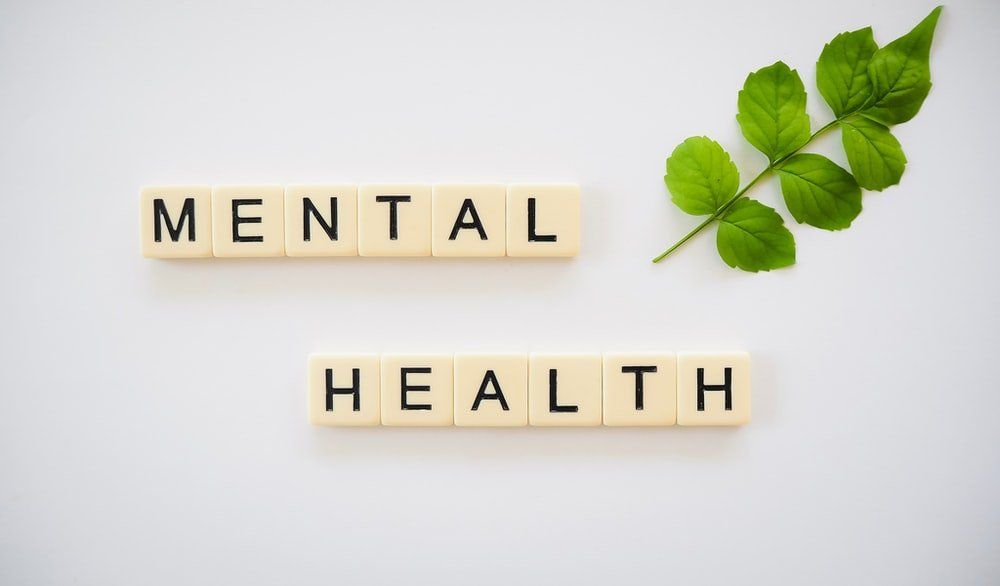
Day Light Savings “Fall Back” Pointers
By Christopher Hoffman
The Uniform Time Act enacted in1966 is happening this month whether we enjoy its benefits or not. The ritual of Day Light Savings will soon require the changing of clocks back by one hour. In 2007, our federal government specified that daylight savings time would apply from 2:00 a.m. on the second Sunday of March until 2:00 a.m. on the first Sunday in November. This year we will be setting our clocks back one hour at 2:00 a.m. on November 6th.
How are people affected by daylight savings time? The change can affect many, especially those who battle depression and anxiety. As the seasons transition from Fall into Winter it becomes tougher for people to acquire enough sunlight. Exposure to sunlight results in the absorption of Vitamin D which is an essential component to fighting off depression and anxiety. This lack of sunlight and Vitamin D, results in depression levels going up. Conversely, when winter transitions to spring, depression levels usually go down due to the increase in daylight hours. Not only do time changes affect mood but it also affects sleep schedules. One study found, on average, a person loses 40-45 minutes sleep during the “Spring Forward” phase of daylight savings time. However, we do gain an hour in the “Fall Back” phase but in the end, does this really even out?
The following are helpful tips we can do to prepare ourselves for the adjustments in the time change:
- Gradually adjust bedtime 2-3 days before transitioning to daylight savings time by waking up 15-20 min earlier than usual.
- Establish a consistent sleep schedule routine even on the weekends by getting at least 7 hours of sleep a night.
- Nap in moderation by not exceeding naps longer than 20 minutes in length.
- Spend time outside.
- Refrain from consuming caffeine too close to bedtime.
- Refrain from alcohol consumption before bed.
Being “pro-active” with our own preparations when it comes to daylight savings time may be the best way to manage and “cope” with the side effects.















